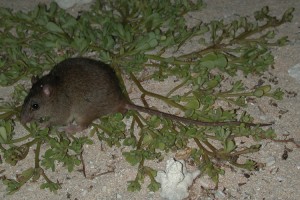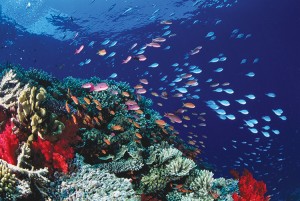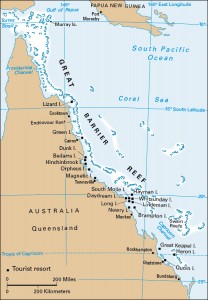Climate Change Mammal Victim One
Thursday, June 23rd, 2016June 23, 2016

The Bramble Cay melomys (Melomys rubicola)—seen here in 2002—has vanished from the Earth. Scientists blame the small rodent’s extinction on climate change. Credit: Queensland Department of Environment and Heritage Protection
On June 7, Australian authorities confirmed the extinction of a small rodent called the Bramble Cay melomys. The animal was native only to Bramble Cay, a small northern Australian island in the Torres Strait. The main reason for the rodent’s extinction was the elimination of its habitat on the small, sandy reef island. Climate change has caused rising tides and sea levels, wiping out much of Bramble Cay’s leafy plants—the rodent’s main food source. Some rodents likely drowned, and the rest simply starved. The Bramble Cay melomys, then, became the first mammal casualty of anthropogenic (human-caused) climate change. In 1999, the death of the last Golden Toad in Central America marked the first documented species extinction driven by climate change.
Bramble Cay is a reef island of about 12 acres (5 hectares) at the northern end of the Great Barrier Reef near Papua New Guinea. At most, the island reaches 10 feet (3 meters) above sea level. The Bramble Cay melomys was first seen there in the 1800’s. The small animal had a round brownish body, long whiskers, and a lumpy tail. In 1978, researchers counted several hundred of the rodents on Bramble Cay, noting that they were distinct from other types of Australian melomys. Since then, however, the island’s population of the melomys—also called the mosaic-tailed rat—had dwindled along with its quickly disappearing habitat. In 2009, fishermen saw a few of the critters scurry from beneath a pile of sticks, and that was the last time the Bramble Cay melomys was seen. In recent years, extensive searches for the rodents turned up nothing. Bramble Cay’s seemingly insignificant but unique species of animal life is gone forever.




